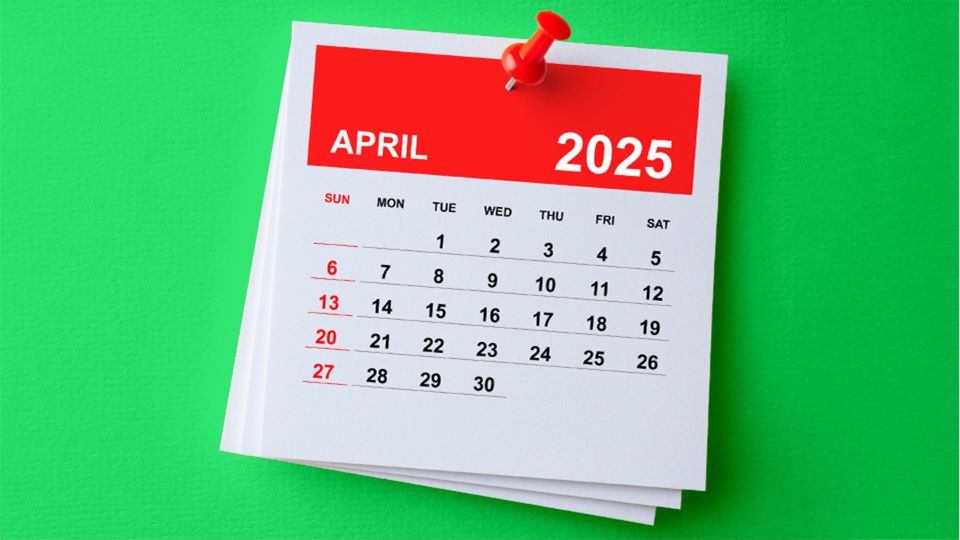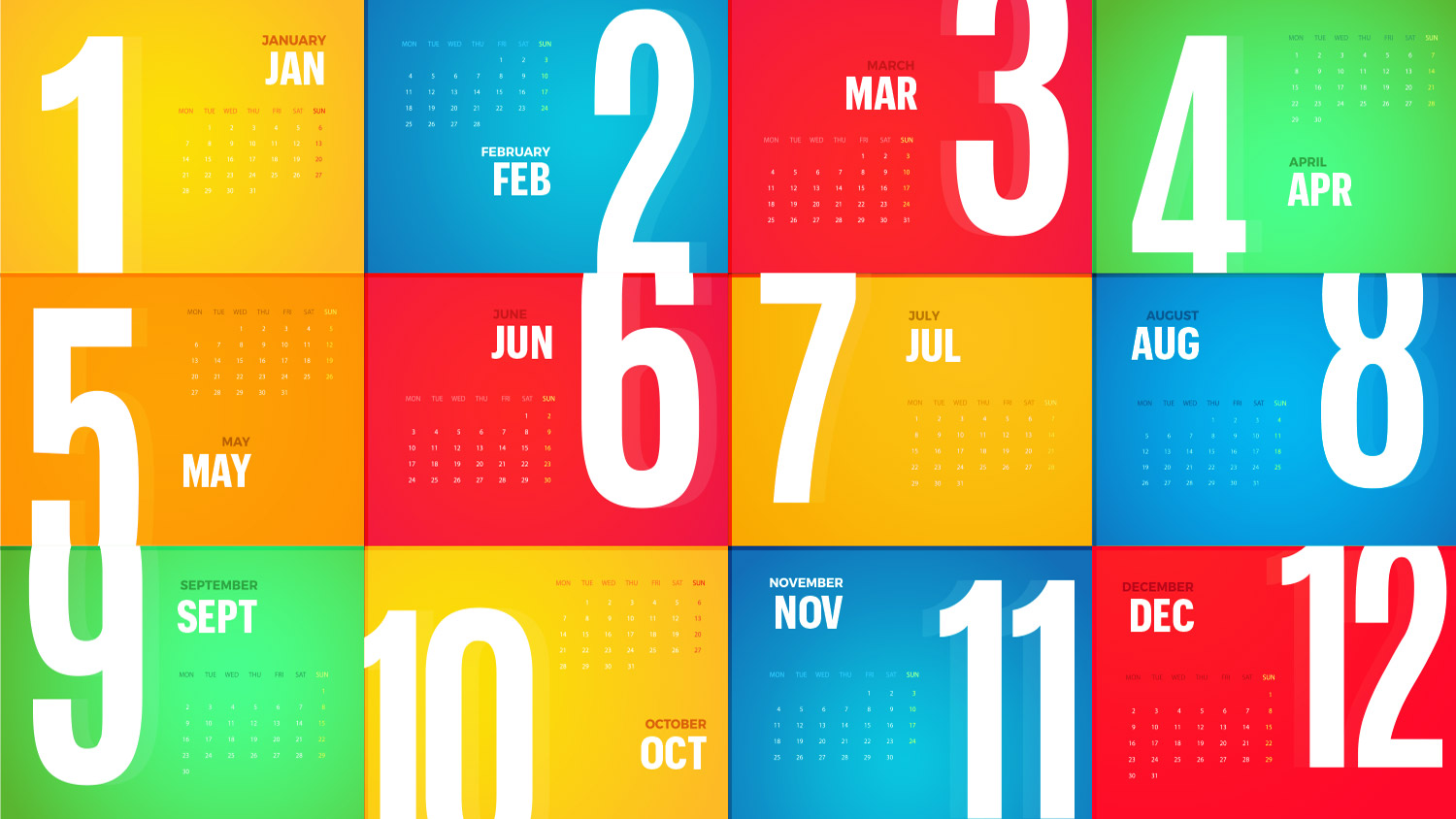From Feb. 27 through March 2, retail thought leaders gathered in Palm Springs, Calif., to discuss the state of the industry and trends expected in 2023.
In line with the focus we saw in 2022, retailers remain committed to an omnichannel experience — with product placement in high-impact customer channels, from marketplaces to direct-to-consumer (DTC) on the brand’s website, to owned and earned channels and retail applications.
One observation from 2022 continues to hold true: Embracing a storefront presence, not just a digital presence, increases engagement and scale. As we look ahead to 2023, change is afoot in the retail and e-commerce landscape, powered by innovations such as ChatGPT and influenced by the state of the economy. As always, staying at the forefront of these changes is critical to brand relevancy. As Christie Raymond, CMO of Kohl’s, shared, “If you are in marketing, you have to be a learner.”
Below are five key learnings from eTail West 2023.
1. Brand marketing remains important
“Brand isn’t the story you tell, it’s the story that gets repeated,” Matt Roche, CEO of Extole, noted.
With budgets under pressure, many of us entered 2023 expecting that marketers would shift dollars to performance marketing channels and away from brand marketing. The impacts of inflation are front and center. According to eTail’s Future Customer Journeys study, 57% of customers are more likely to compare prices when shopping in 2023.
But a surprising theme emerged at eTail West: Most marketers remain committed to brand marketing. They’re working diligently to balance the brand story with data and performance marketing campaigns. Several CMOs across panels noted how much brand marketing is playing a role in increasing market share or driving performance.
Our take: CMOs are using brand marketing to elevate brand experience and to cut through the clutter to communicate with their customers. At a time when the consumer receives an overwhelming amount of email, and digital fatigue is real, brands are trying to create deeper messaging in an effort to build the brand, not just performance.
A consistent goal of that brand work is to offer customers an experience that can only be achieved through direct engagement with the brand. If a marketer is able to turn the DTC experience on their own website into an engaging experience, revenue goes up, first-party data grows, and LTV (lifetime value) and AOV (average order value) increase. But to do that, customers have to believe in, understand and serve as advocates for the brand. When brands provide that value, their customers become influencers. This is especially important to emerging brands.
2. Retailers are doubling down on influencer marketing
“We engaged the creators that could tell the story and explain why it is different,” Brooke Cullison, senior acquisition manager at Liquid I.V., said.
A consistent theme at eTail West — not unexpectedly — was how retailers are expanding the use of influencer marketing and tapping into the creator network to build out brand and performance.
To accomplish this, brands are expanding the use of influencers and cultivating the brand’s relationship with them to turn influencers into brand champions. No longer is it a case of just putting product in front of influencers; brands are curating those relationships to help get customers to understand their brand story.
This comes to life by selecting creators who align with brand values and ensuring that the influencer understands the brand story. The most successful brands in this space stay connected with those influencers by engaging with them at key life events or key moments throughout the year. This allows them to lean into the influencer network to build out the brand. As recently as a year ago, marketers were discussing how to keep creators aligned with brand messaging, but that’s no longer even discussed.
Our take: A case example is observed in how Amazon is doubling down in the influencer space. Despite their staff reductions in early 2023, they didn’t pull back on business development in this space as a way to get more affiliate traction.
It remains to be seen how scalable this area is, as it requires both management and effort to be involved in the market. But there is no doubt that influencer marketing does and should remain a key factor in the growth strategy of both emerging and established brands.
3. Zero-party and first-party data are your best assets
“Existing customers are miracles — build your relationship with them,” Aaron Sanandres, cofounder and CEO of Untuckit, told attendees.
Across panels at eTail West, multiple retailers acknowledged that their biggest revenue opportunity is in their existing customer base, and they are pursuing ways to build first-party data and to identify ways to selectively market to the right target audience. For most brands, 60% to 80% of transaction volume comes from 20% to 40% of customers.
Marketers are also aggressively pursuing zero-party data as the era of third-party cookies ends. This is a fundamental reason it remains so important to provide customers with an elevated experience on your website — as an avenue to access customer information — and is a reason why brand marketing remains important. As Sami Lockerby, head of retention marketing at Jockey, said at eTail West, “We need to nurture repeat buyers to drive incremental growth.”
Our take: When customers arrive on your site, you need to make sure that you ask the questions (and then leverage those answers) that enable you to provide elevated experiences. This includes curated personalized content, and ongoing personalized engagement, to show that you know and value them. Customers provide zero-party data for the right experience, and they increasingly expect you to use that data to craft highly personalized experiences.
The data your customers give you voluntarily is priceless. It helps you provide a more personalized and powerful experience for them, and their LTV is always higher.
4. AI is changing the game
“AI is having its worst-ever day today,” Chieh Huang, co-founder and CEO of Boxed, shared as troubling stories about AI made headlines during eTail West
At eTail West 2023, everyone was talking about ChatGPT, the artificial intelligence platform developed by OpenAI. ChatGPT is in its infancy and getting smarter every day. But AI is already allowing marketers to use machine algorithms to dynamically adjust pricing, send multivariant pricing and predict pricing effectiveness — all in real-time. And AI can help drive traffic to a different channel and shift traffic to what is working at a fast pace.
Our take: AI is driving the conversation from “what happened” to “what will happen.” This helps marketers to predict who and where their best customers are. Additionally, AI recommendation software that uses first-party data accrued in your customer data platform (CDP) will allow you to show your relevant content to those customers when they are ready to buy.
It’s becoming table stakes to optimize programs around finding customers rather than clicks. Your performance marketing agency should be doing this already. But ultimately, AI is going to predict customer actions and allow marketers to serve highly personalized and relevant experience to each customer every time you engage them. Of course, this will drive incremental sales, build out LTV and increase AOV.
Universally, experts are sharing that we need to stay abreast of those changes. A consistent message is “progress over perfection.” Start small in your personalization journey, and test and learn.
5. Everyone is thinking about incrementality and measurement
“You can’t use the same measurements — this is top-of-the-funnel work,” Angela Hsu, CMO at Overstock, advised.
Everyone knows the famous quote about how 50% of your marketing spend is wasted, you just don’t know which half. To find out, you need to measure with precision — and at eTail West, precision measurement was a hot topic.
As marketers erase silos between brand marketing, performance and search, everyone is thinking about different ways to manage the data. Measuring incrementality in your spend is central to this new world.
Our take: Whether it’s through A/B testing, holdout groups, matched market testing, attribution modeling or another method, you need to be thinking about measuring incrementality holistically in 2023. At Quad, we routinely encounter the challenge of understanding what paid media is truly contributing to the bottom line for clients; it is a critical question to answer in our efforts to allocate media budgets as effectively as possible.
And it’s about more than viewing success by typical digital KPIs (CTR, ROAS, etc.). It’s understanding how your marketing efforts are driving more profit for the company.
We know that there are many channels and tactics a marketer can choose to spend their budget on, so how do you decide where to spend? This is a challenge for many marketers, but the methodologies and framework to tackle these questions are muddy. Mostly, we see brands default to looking at blended KPIs as a shortcut to understanding performance. The best agency partners will help you build that out, allowing you to evaluate not just the performance of channels, but your overall brand health.
If you aren’t thinking carefully about incrementality in 2023, you are missing an opportunity to optimize your spend.
Marcus Lancaster is VP of Sales at Quad. Reach out to him at mjlancaster@quad.com



